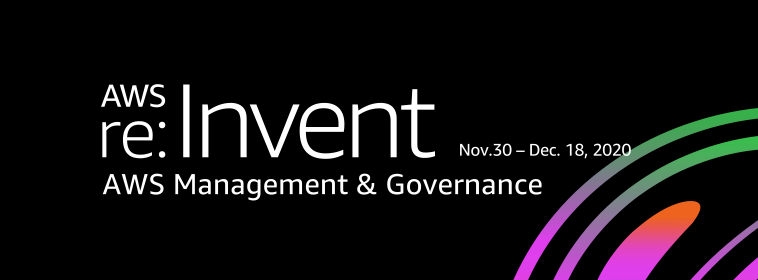AWS Cloud Operations Blog
Category: AWS Control Tower
Reinventing automated operations (Part II)
The first post in this series, Reinventing automated operations (Part I), covered the importance of operations in the cloud and how deferring the creation of an operations plan can slow down your migration. In this post, I’ll share the primary mechanism of iterative improvement (aka flywheel) that AWS Managed Services (AMS) uses to increase operational […]
Use AWS Control Tower lifecycle events to automate configuration of AWS accounts for ServiceNow IT operations management
Several organizations that I work with use ServiceNow’s IT Operations management capabilities for their on-premises infrastructure and want to leverage the same capabilities for their AWS environment as well. Some of the core capabilities of ServiceNow’s IT Operations management are ServiceNow Discovery, Event Management and Cloud Management. Currently, customers who want to enable ServiceNow’s Cloud […]
Field Notes: Cross-account deployments in an AWS Control Tower environment
AWS Control Tower helps customers put an orchestration layer on top of a multi-account strategy. When customers build applications, they often use separate accounts as part of a deployment pipeline so that they can validate changes before production. This best practice helps reduce blast radius should there be any issues with newer iterations. With AWS […]
How managed service providers can use AWS Control Tower to provide services
AWS Control Tower is a managed AWS service that automates the creation of a multi-account AWS environment based upon the AWS Well-Architected Framework. It builds the environment using AWS best practices for security and management services. In this blog post, we’ll show how a managed service provider can use AWS Control Tower and AWS Service […]
Self-service VPCs in AWS Control Tower using AWS Service Catalog
One of the first tasks my customers do when creating a new AWS account is to create the right network integration for their enterprise. Typically, this means implementing an Amazon Virtual Private Cloud (VPC) across a multi-account framework that was provisioned with AWS Control Tower. When these are provisioned in a self-service model, we see […]
AWS Control Tower Detective Guardrails as an AWS Config Conformance Pack
Many of the customers I work with would like to be able to apply AWS Control Tower’s detective guardrails to an existing AWS account before moving them to Control Tower governance. Now that you can launch AWS Control Tower in an existing AWS Organization, customers want to evaluate their existing accounts for compliance with AWS […]
AWS Management and Governance at Re:Invent 2020
AWS re:Invent is always an exciting time of the year to engage with our customers to learn, and share information about our services and features. Due to the current pandemic, re:Invent is pivoting to a free and virtual format presented across 3 weeks from November 30 to December 18 this year. Yes, you read that […]
Improve governance and business agility using AWS Management and Governance videos – part 2
This blog post highlights newly published videos on the AWS Management and Governance YouTube channel that help you enable, provision, and operate your AWS environments effectively. The first part of this blog series was published last spring. The objective of these video-based, hands-on solutions is to enable you to innovate faster while maintaining control over […]
Customizing account configuration with AWS Control Tower lifecycle events
In this blog post, we show how to customize the networking configuration in an AWS account. For example by deleting the default VPCs in all AWS Regions, using AWS Resource Access Manager to share the appropriate VPC subnets and using AWS Firewall Manager to apply security groups to VPCs in the account.
Manage Control Tower life cycle actions intelligently using AWS Service Catalog, AWS Config, Amazon DynamoDB and AWS CloudFormation
As customers create and manage multi-account AWS environments, cloud administrators need to process where each account can apply configuration autonomously from a centralize configuration repository. Some of the customers I work with use AWS Control Tower to manage a multi account environment. Administrators use AWS Control Tower to create organization units for account grouping and […]









